Have you ever felt lost in the fragmented world of blockchain liquidity, overwhelmed by the endless stream of stablecoin investment products, or frustrated by unstable returns? The Spark Protocol is designed to tackle these very issues. It’s not just another DeFi app—it’s more like an invisible “smart steward” working behind the scenes to deliver stable, efficient liquidity to the entire on-chain financial ecosystem, while offering you secure, programmable yield opportunities.
This guide will walk you through everything you need to know about Spark and show you how to use it to manage your digital assets step by step.
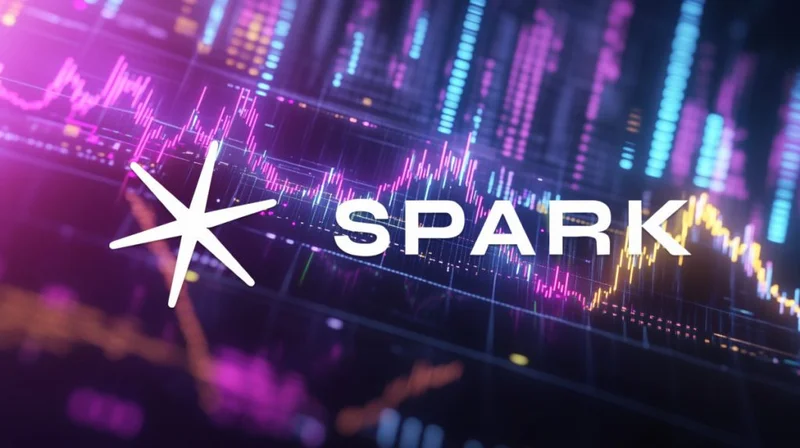
What Is the Spark Protocol? A New Path to On-Chain Wealth
Imagine DeFi as a massive financial marketplace filled with countless tools and products. Yet, one long-standing problem persists: liquidity fragmentation. It's like water flowing through hundreds of tiny streams rather than forming a powerful river—leading to idle capital and volatile returns.
Spark’s mission is to solve this. It doesn’t aim to “compete” with others, but rather to act as an “integrator” and “optimizer.” Through three core features, Spark is building a foundational infrastructure layer for decentralized finance:
- Savings: A user-facing product that allows you to deposit stablecoins like USDC or USDS and earn steady interest.
- Borrowing: Spark creates a money market centered around stablecoins such as USDS. Need liquidity? Use your crypto assets as collateral and borrow.
- Liquidity Layer: The unsung hero. Spark injects liquidity into the broader DeFi ecosystem, boosting depth and efficiency across lending markets.
How Does Spark Work? Introducing the “Dual-Sided” Capital Allocation Model
What makes Spark truly unique is its dual-sided capital flow mechanism—this is how it tackles liquidity fragmentation at scale.
Side One: Connecting Giant “Reservoirs” to DeFi “Farmland”
At the ecosystem level, Spark acts as a super conduit. It taps into vast stablecoin reserves from institutions or protocols like Sky—which controls over $6.5B in idle stablecoins—and channels them into productive DeFi strategies.
Tip #1: Think of Sky as a large protocol or treasury sitting on idle stablecoins, looking for safe, yield-generating opportunities. Spark acts as their gateway to the DeFi world.
Spark then allocates these funds into DeFi, CeFi, and even Real-World Assets (RWAs), like irrigation feeding high-yield farmland:
- Deep Liquidity: Ensures smooth lending/borrowing by making capital readily available.
- Stable Returns: With diversified deployments, Spark generates risk-adjusted, scalable yield.
Side Two: Packaging Returns into User-Friendly Products
From the user's perspective, Spark acts like a savvy product manager—taking these diverse returns and packaging them into simplified financial products like sUSDS or sUSDC.
Tip #2: Think of sUSDS or sUSDC as receipt tokens you receive after depositing stablecoins. They represent your share in Spark’s yield strategy.
These tokens allow users to:
- Access On-Chain Yield Seamlessly: No need to understand the backend—just deposit and earn.
- Enjoy Programmable Income: Yields are calculated and distributed automatically and can integrate with other DeFi protocols.
- Benefit from Diversity Without Fees: Yields come from multiple sources, and Spark doesn’t charge additional fees.
Spark doesn’t compete with other lending platforms—it empowers them. Think of it as the “utilities provider” for DeFi, supplying the essential infrastructure.
Getting Started with Spark
Before using Spark, you’ll need to set up a few basics—just like opening a bank account.
- Set up a Web3 Wallet: Use MetaMask or another Web3-compatible wallet. Ensure you're connected to a supported blockchain (e.g., Ethereum, Arbitrum), and have some native tokens (like ETH) to cover gas fees.
- Prepare Stablecoins: Spark primarily works with stablecoins like USDC, USDT, DAI, and especially USDS. Make sure you have some in your wallet to deposit or use as collateral.
How to Earn Yield with Spark: Step-by-Step Savings Guide
If you’re sitting on stablecoins and want them to start working for you, Spark makes it easy:
- Visit Spark’s Official Site: Use a verified URL to avoid phishing.
- Connect Your Wallet: Click “Connect Wallet,” select MetaMask, and authorize the connection.
- Choose the Supply/Deposit Option: Navigate to the “Supply” or “Deposit” tab.
- Select a Stablecoin: Pick from available options like USDC or USDS.
- Enter the Amount to Deposit: Choose how much you want to supply.
- Approve Token Use: Grant Spark permission to use your tokens (a standard DeFi step).
- Confirm the Deposit Transaction: Approve the transaction via MetaMask and pay the gas fee.
- Track Your Balance and Earnings: View your position and real-time earnings in Spark’s dashboard.
Borrowing with Spark: Use Crypto as Collateral
Need stablecoins but don’t want to sell your ETH or BTC? Use Spark to borrow against your assets:
- Deposit Collateral: Supply crypto assets and mark them as collateral.
- Check Borrow Limit: Spark will show you how much you can safely borrow based on your collateral.
- Choose Stablecoin to Borrow: Likely USDS or another supported token.
- Enter Borrow Amount: Stay within your borrowing limit.
- Confirm the Borrow Transaction: Review and approve via MetaMask.
- Monitor Your Loan Position: Watch your Health Factor to avoid liquidation.
- Repay and Withdraw Collateral: Once repaid, you can release and reclaim your collateral.
Tip #3: Keep an eye on your Health Factor. Tools like DeFi Saver or DeBank can alert you before liquidation risk arises.
Why Choose Spark?
- Sustainable Yield: Backed by massive capital from partners like Sky, Spark delivers consistent returns.
- Solves Liquidity Fragmentation: Spark acts as a central hub for idle stablecoin liquidity.
- User-Friendly Design: Complex strategies are wrapped in beginner-friendly products.
- Composable and Compatible: Easily integrates with other DeFi protocols.
- Zero Protocol Fees: Spark doesn’t take a cut from your yield.
Risks & What to Watch Out For
DeFi has its share of risks—here’s what to be aware of when using Spark:
- Smart Contract Risk: Audits help, but no code is invincible.
- Liquidation Risk (for Borrowers): Volatile collateral could trigger liquidation.
- Stablecoin Depegging: USDC or USDT may temporarily lose peg during extreme market stress.
- Gas Fees: You still need to pay network fees, especially on Ethereum.
- User Error: Mistyped addresses or wrong inputs can cause irreversible losses.
Tip #4: Set up liquidation alerts via DeFi tools to protect your position.
Optimize Your Spark Experience
- Pick the Right Chain: Choose networks like Arbitrum for lower gas fees.
- Use Tracking Tools:
- DeBank / DappRadar / Zerion: Monitor your assets.
- MetaMask / WalletConnect: Must-have wallet tools.
- Follow Spark Updates: Stay tuned on Twitter, Discord, or forums.
- Start Small: New to DeFi? Begin with a small deposit.
- Understand Gas Dynamics: Use low-fee times for transactions.
Spark’s “Free” Strategy Explained
Spark doesn’t charge user-facing fees for its yield products:
- Deposits/Yield: You keep 100% of your earnings.
- Borrowing Interest: Paid directly to depositors, not to Spark.
- Gas Fees: Required by the blockchain, not Spark itself.
FAQ
Q: How is Spark different from Aave or Compound?
A: Aave and Compound are pioneers of peer-to-pool lending. Spark is more foundational—it sources large-scale liquidity from players like Sky and redistributes it across DeFi. Think of Aave as a retailer and Spark as a wholesale distributor and supply chain optimizer.
Q: What is USDS, and how can I get it?
A: USDS is the core stablecoin used by Spark. You can either buy it on supported DEXs/CEXs or mint it by depositing stablecoins into Spark. Refer to Spark’s official docs for up-to-date instructions.
Q: Is my money safe with Spark?
A: Spark’s contracts are audited and community-governed, but smart contract risks always exist. Only invest what you can afford to lose, diversify across protocols, and stay updated with official announcements.
Related Articles
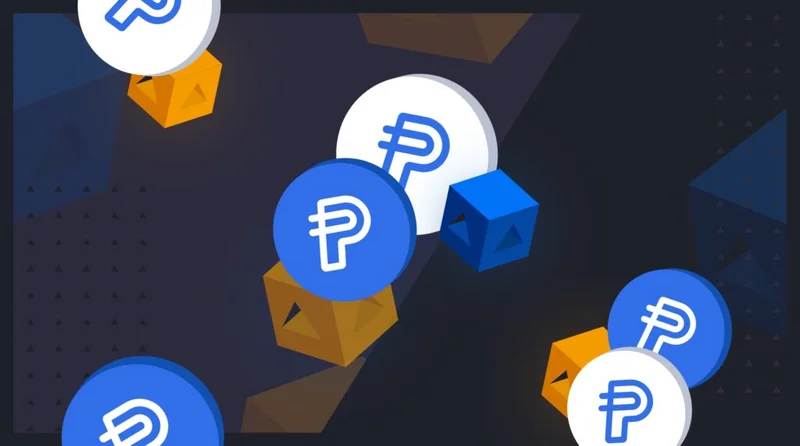
What Network Is PYUSD on PayPal? Here's Why Stellar Is a Game-Changer
Imagine your U.S. dollars moving as fast as a text message—with transaction fees so low, they’re practically free. That’s the promise behind PayPal’s stablecoin, PYUSD, which is now preparing to launc
August 2, 2025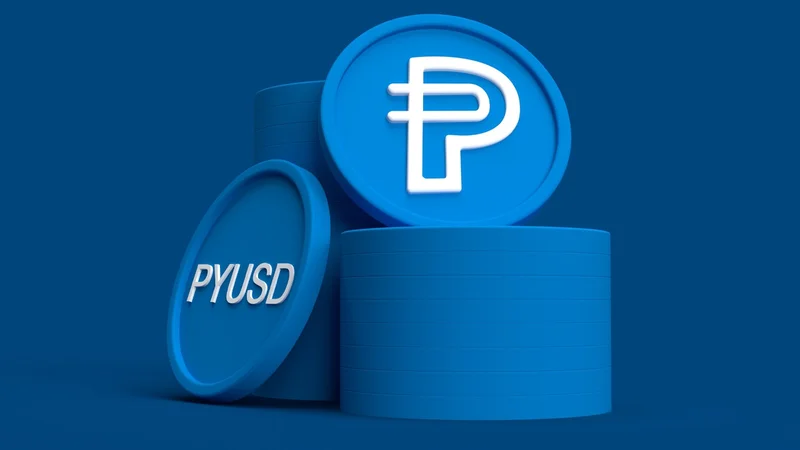
PayPal Drops the Mic: Your Digital "Pocket Change" Can Finally Buy Coffee!
Hey there, crypto OGs and all you “should-I-or-shouldn’t-I” noobs still standing at the edge of the blockchain rabbit hole—ready for some big news? Your go-to online payment giant, PayPal, has finally
August 2, 2025
What is GOKU ON BONK? Exploring the Rising Solana Meme Coin $BONKU
A new meme coin named GOKU ON BONK ($BONKU) has recently emerged within the Solana ecosystem. Launched on July 30, 2025, this playful digital token has already reached a market valuation of approximat
July 31, 2025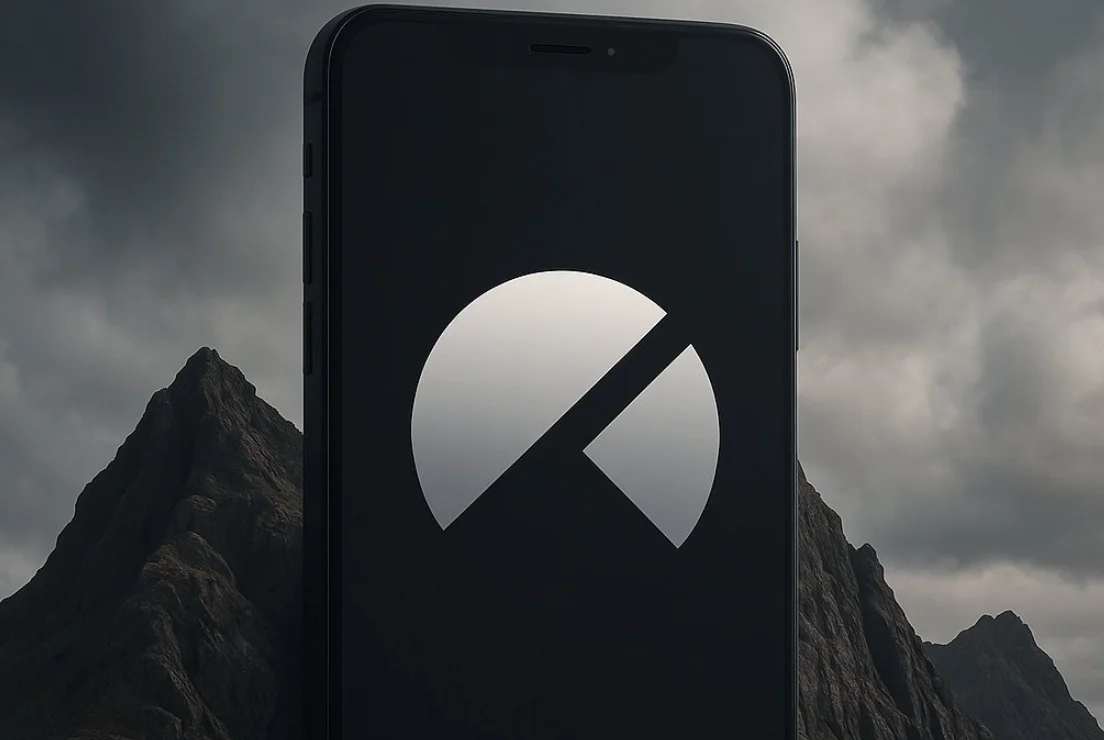
How to Join Klok? Beginner’s Guide + Tips to Earn More Tokens Fast
Klok is an innovative app where chatting with AI models isn't just fun — it's also rewarding. By interacting with AI, you earn Mira Points, which may be converted into crypto tokens or unlock special
July 30, 2025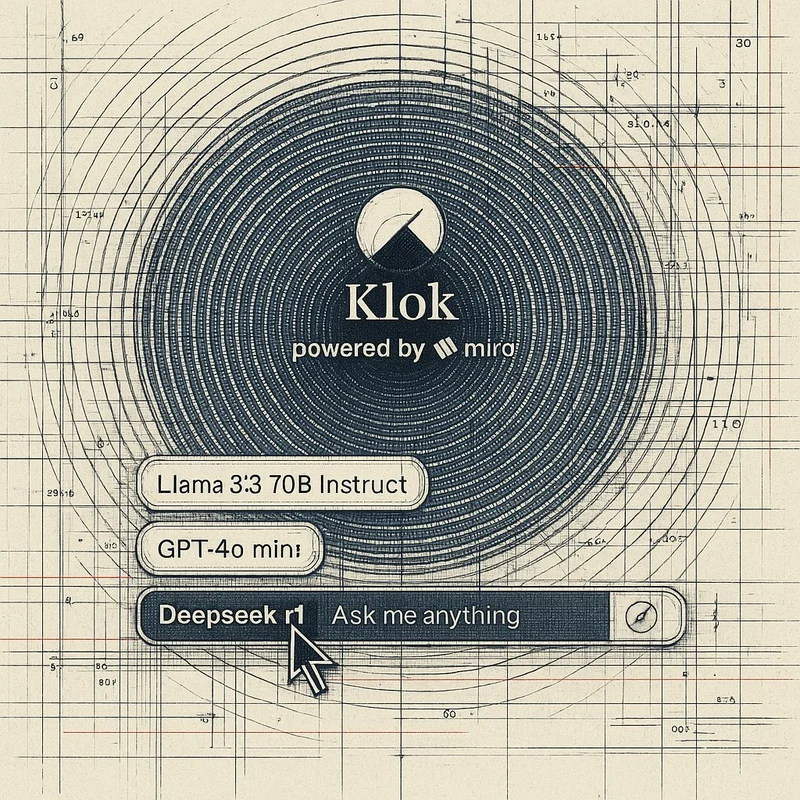
Klok: Ushering in a New Era of Decentralized AI Chat — Can Users Truly Chat-to-Earn?
The launch of Klok marks a pivotal moment in the evolution of decentralized AI chat applications. Built on the robust infrastructure of Mira Network, Klok introduces an innovative "Chat-to-Earn" model
July 30, 2025
